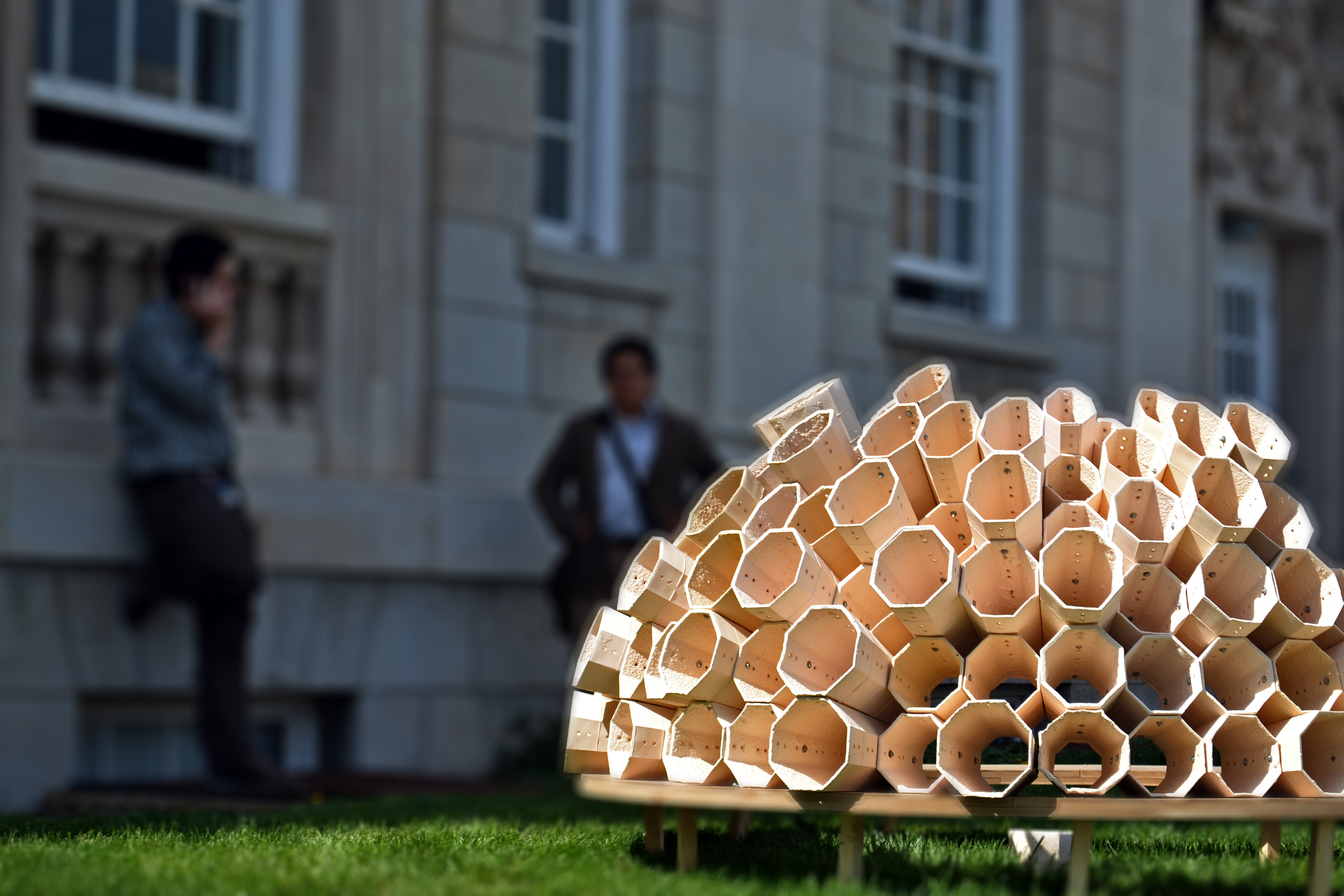THE TERRACOTTA DOME
Winter 2013, Digital Fabrication - Zund / Slip casting
Professor: Maciej Kaczynski
Design Team: David Deiss, JingYan Li, Jose Pesantez, Richard Malone
Professor: Maciej Kaczynski
Design Team: David Deiss, JingYan Li, Jose Pesantez, Richard Malone
One Roo
This workshop challenged us to design aggregating frame-like panels/units strong enough to span a small distance. This line of research sought to design units which inherit structural rigidity from their own geometry.
The process went beyond our studio and turned into a tight collaboration with Boston Valley Terra Cotta Inc., An architectural terracotta manufacturer, whose suggestions and recommendations were highly valued and taken into consideration by us. Their great experience in terracotta manufacturing and our digital modeling skills were combined into one aim: to take the process into fruitful result. The result was a dome that was displayed at the UB exhibition center as a perfect example of a terracotta design and bridge between two distant fields.
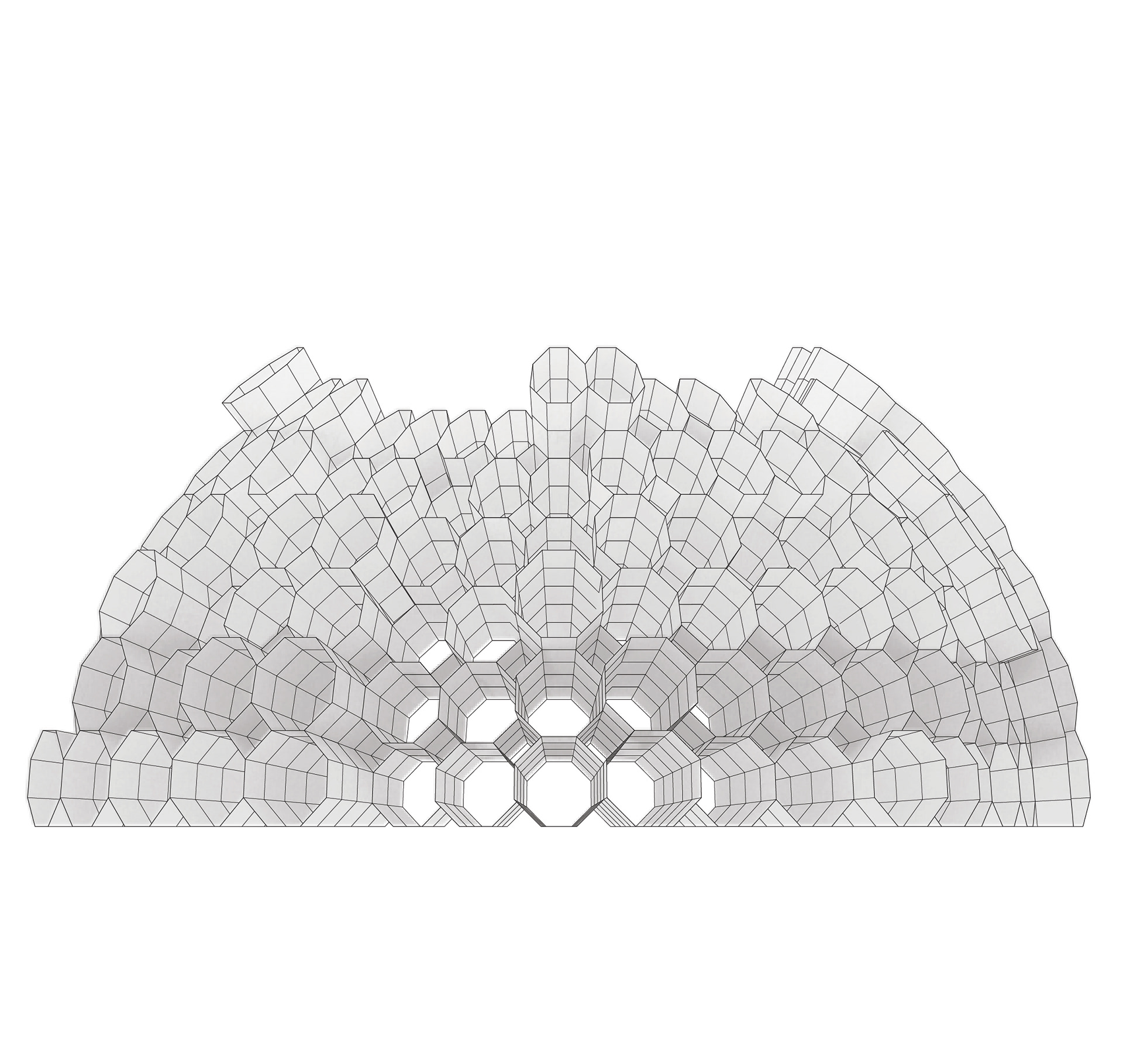
Back Elevation
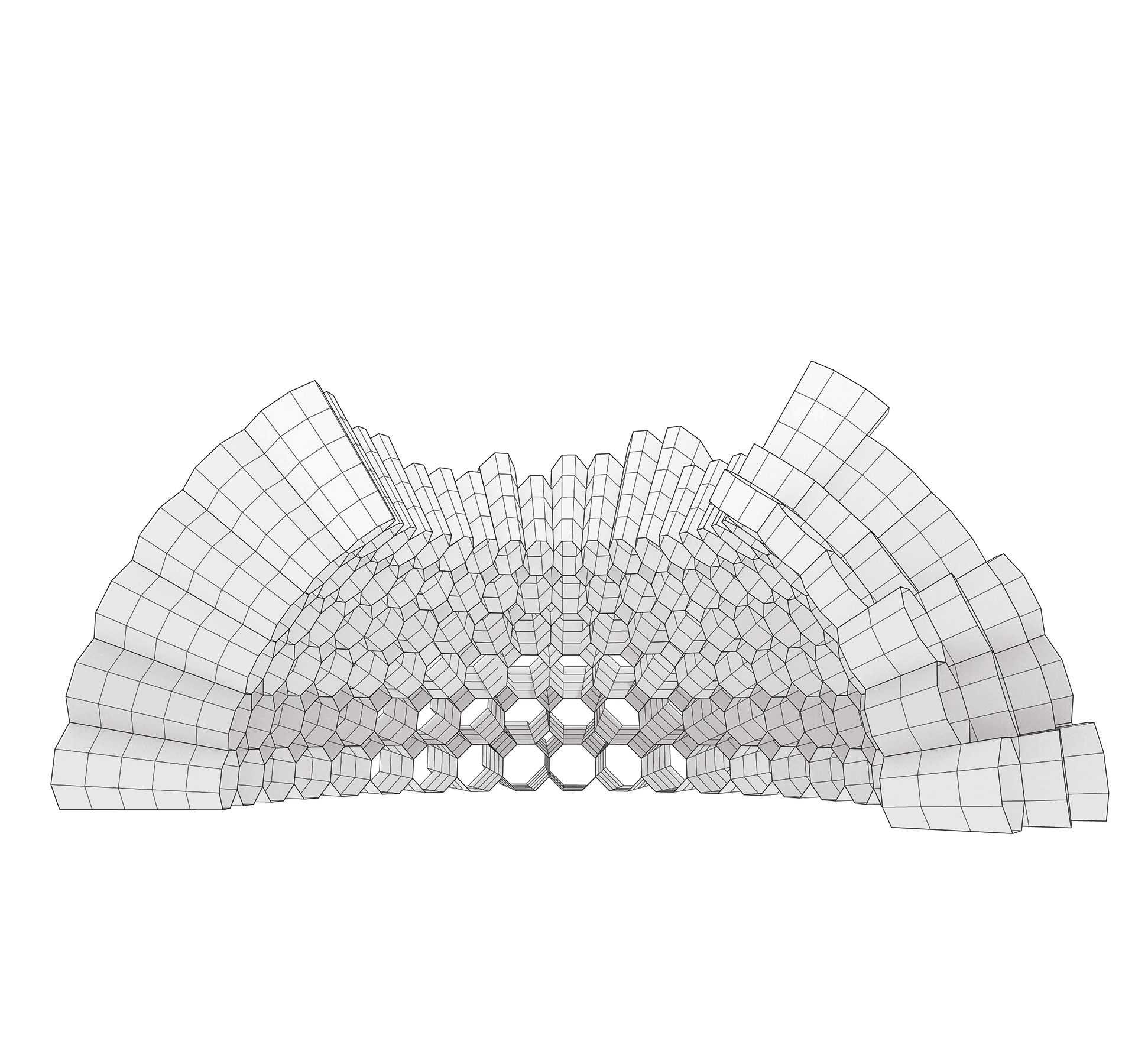
Front Elevation
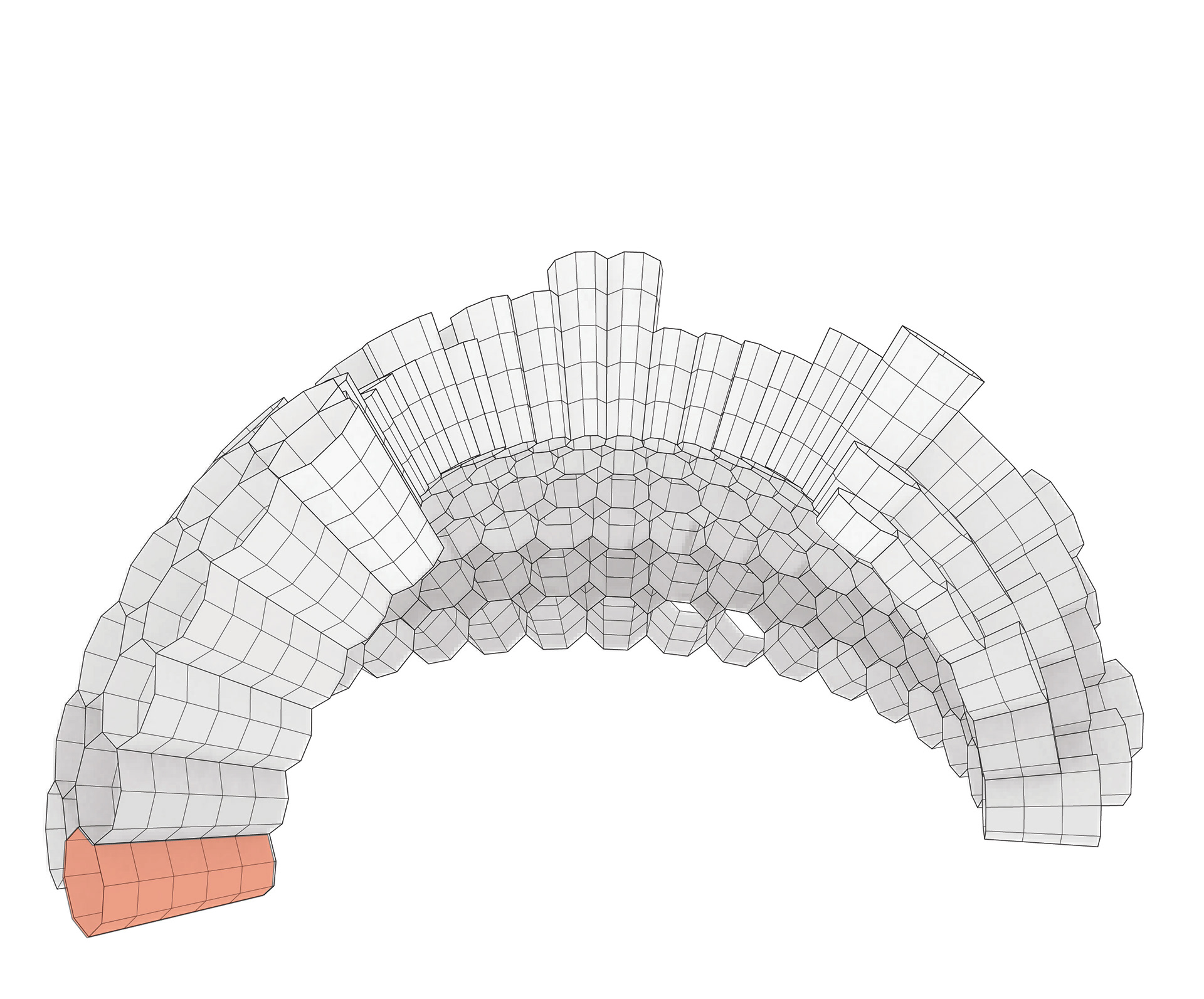
Perceptive
Design and Making process
The purpose of the design process was to discover the tectonic features of terracotta based upon: parametric modeling, digital fabrication, manufacturing, mold making, slip casting, and firing by using an oven. The key elements to be discovered and studied were: tectonic studies, joints, units, utilization, and rationalization. Material explorations included: plaster, plastic, basswood for unit structures, and terracotta. These processes went through various digital manufacturing: CNC routing, Laser cutting, model casting and firing the units into the oven.

Vertical Layers Aggregation
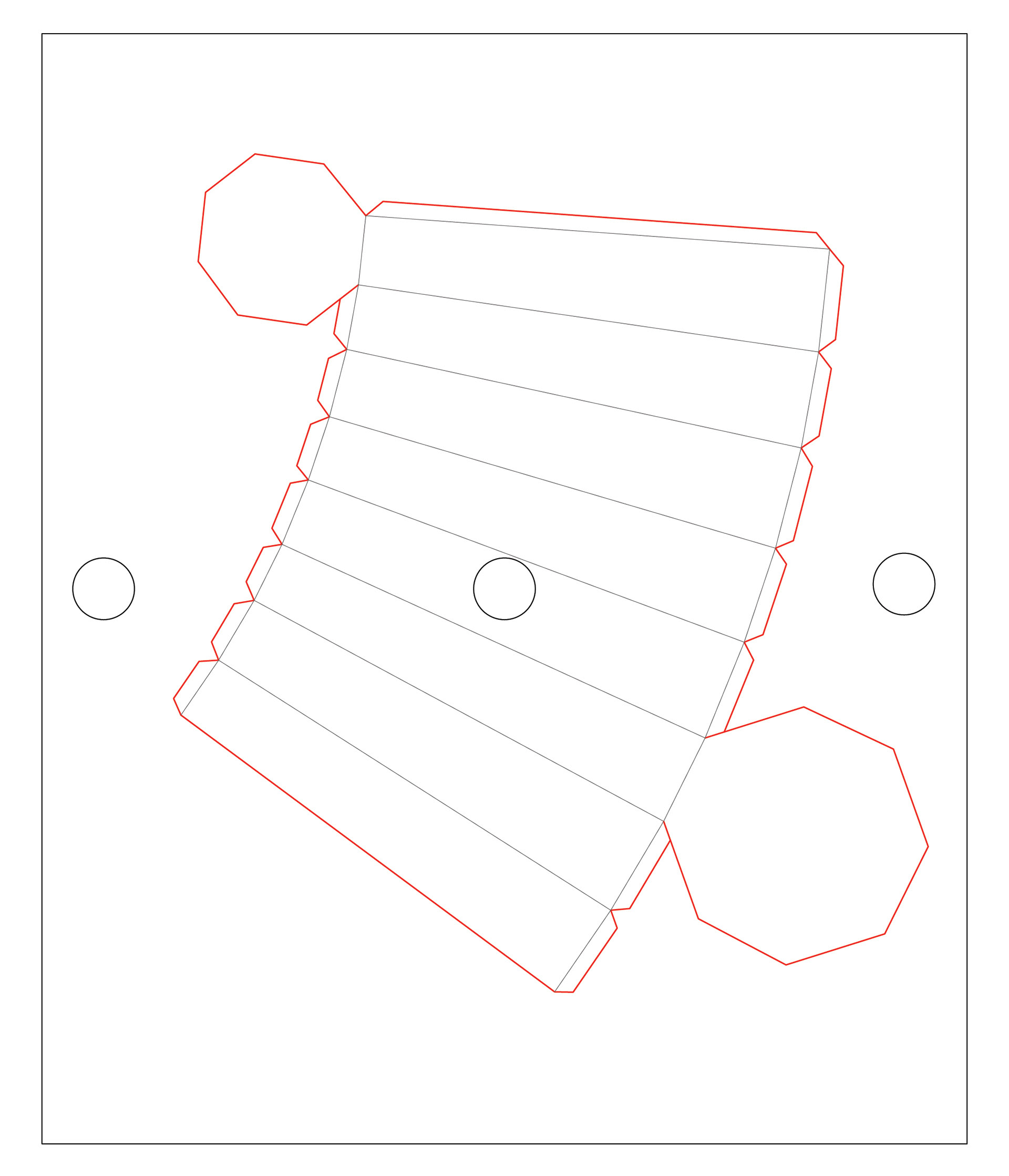
Unrolled 2D Pattern For CNC Routing
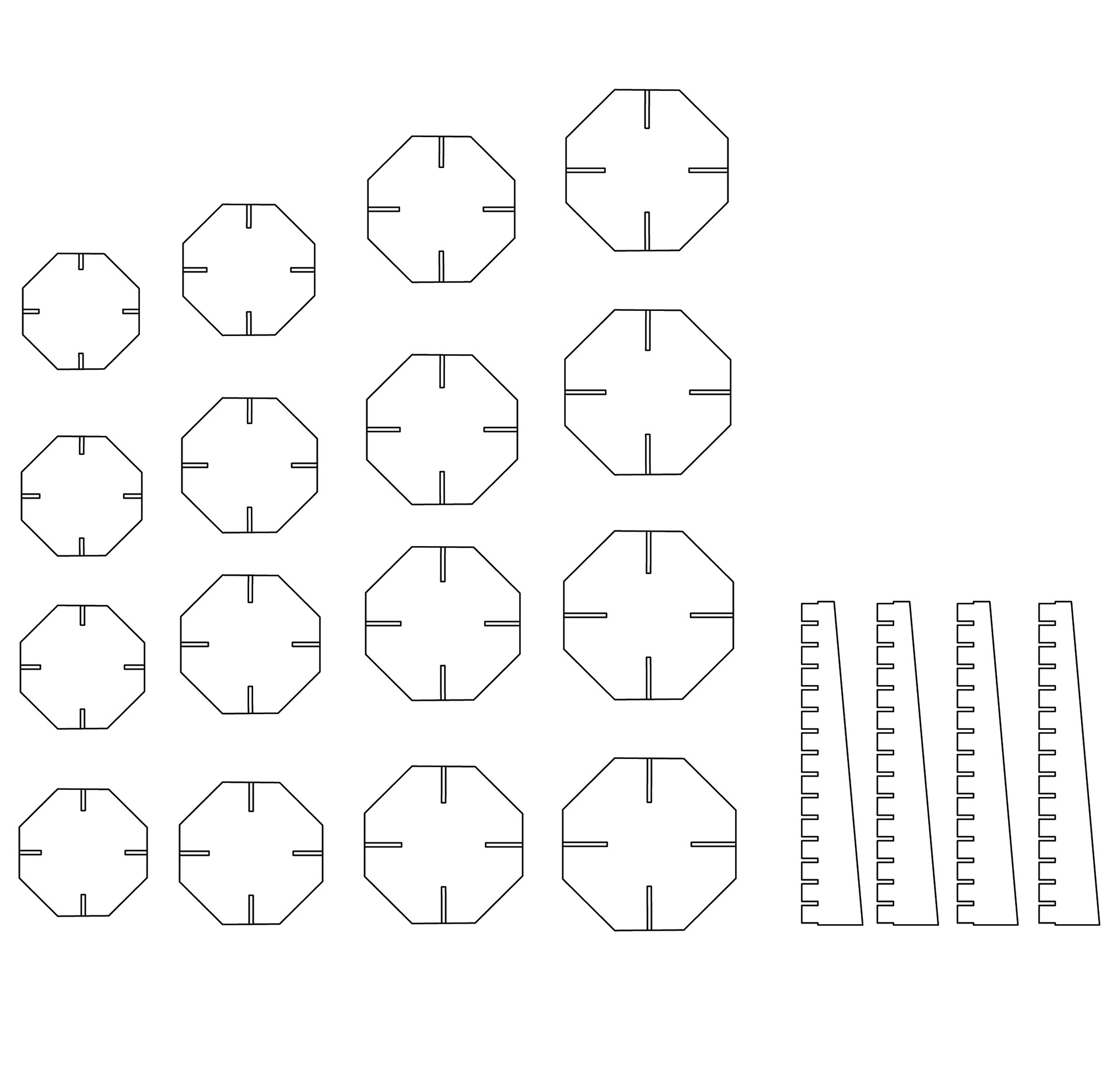
Substructure Laser Cut File
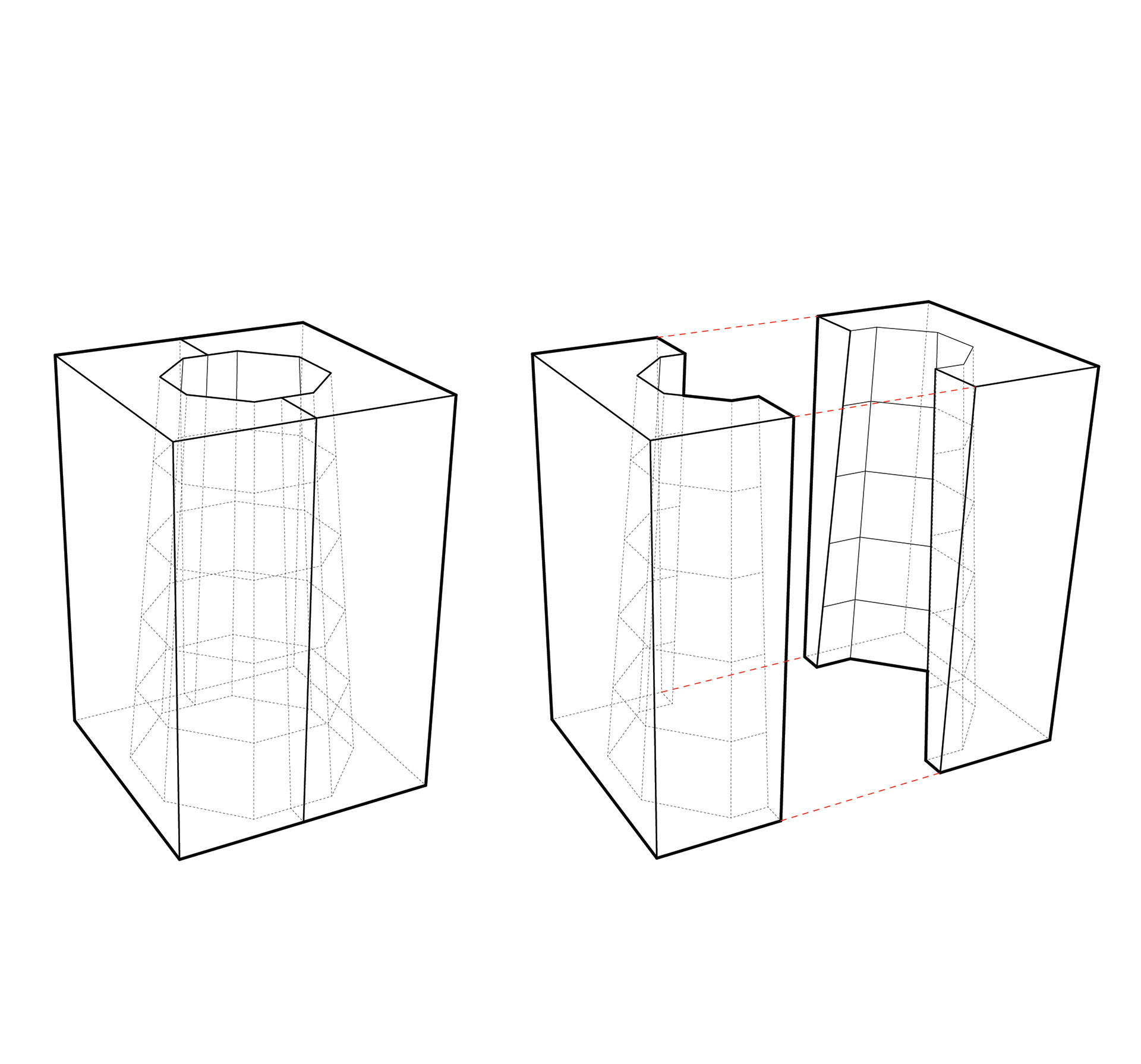
Mold Making Diagram
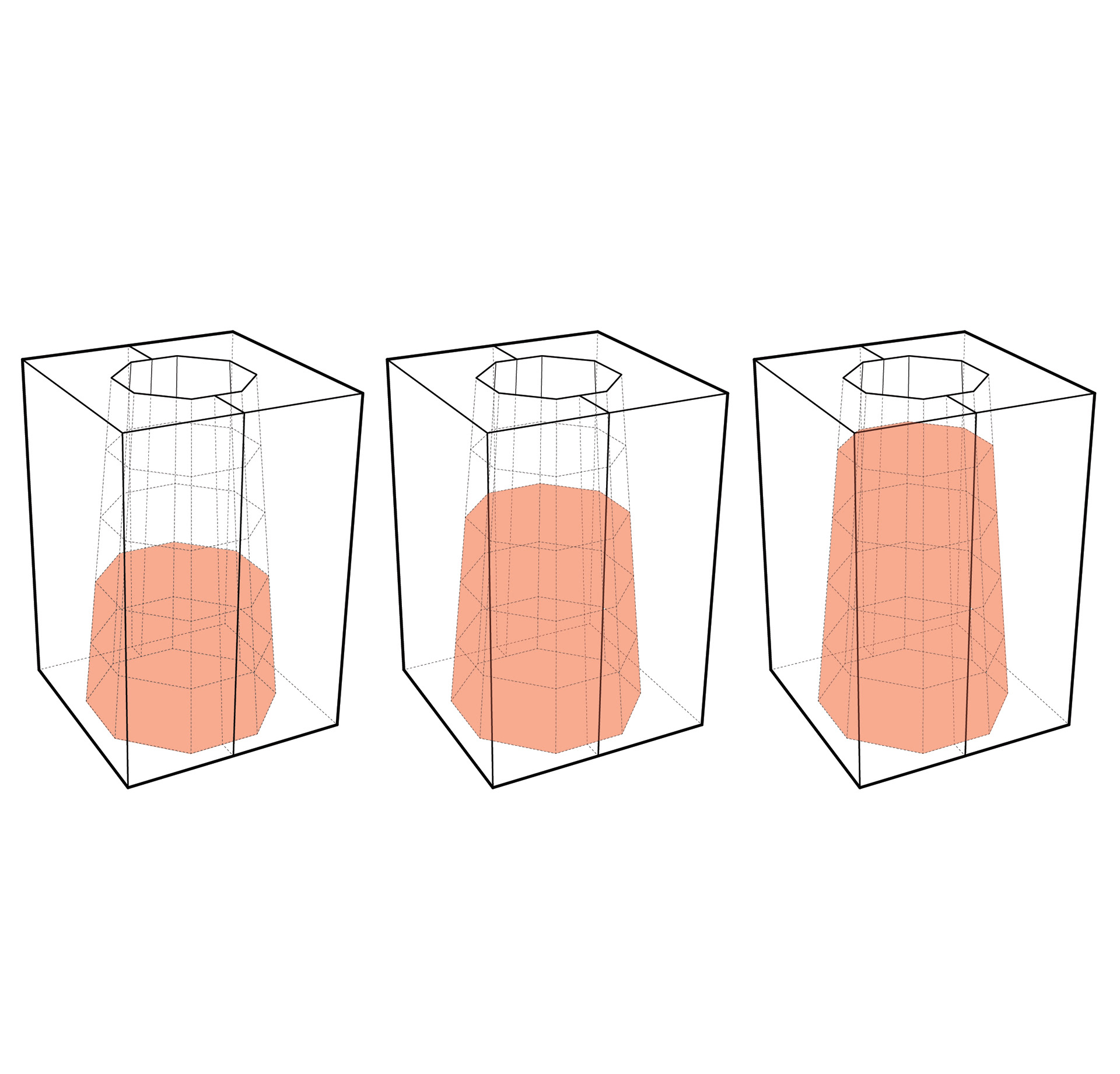
Slip Casting Diagram
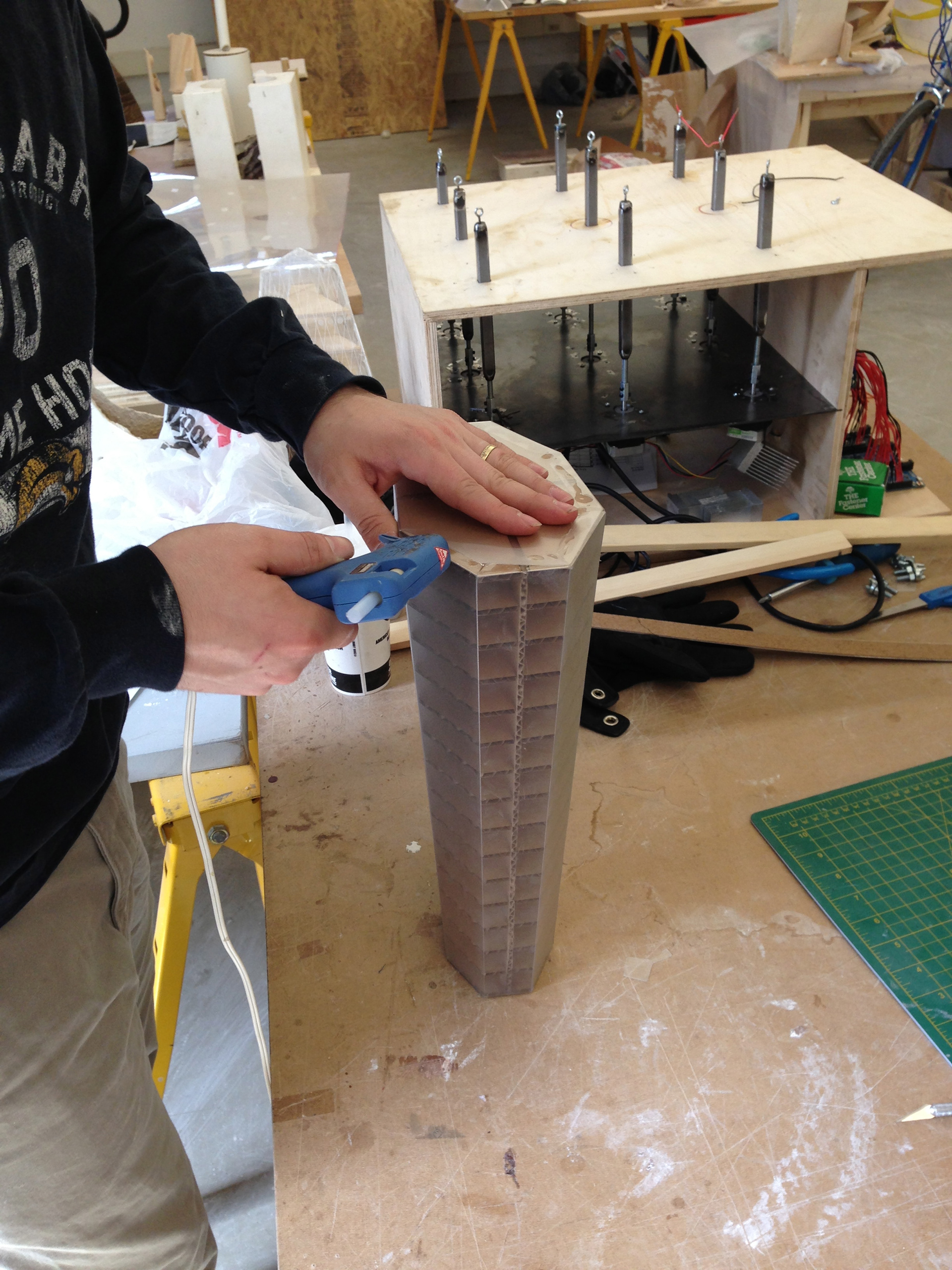
Assembling the Cones
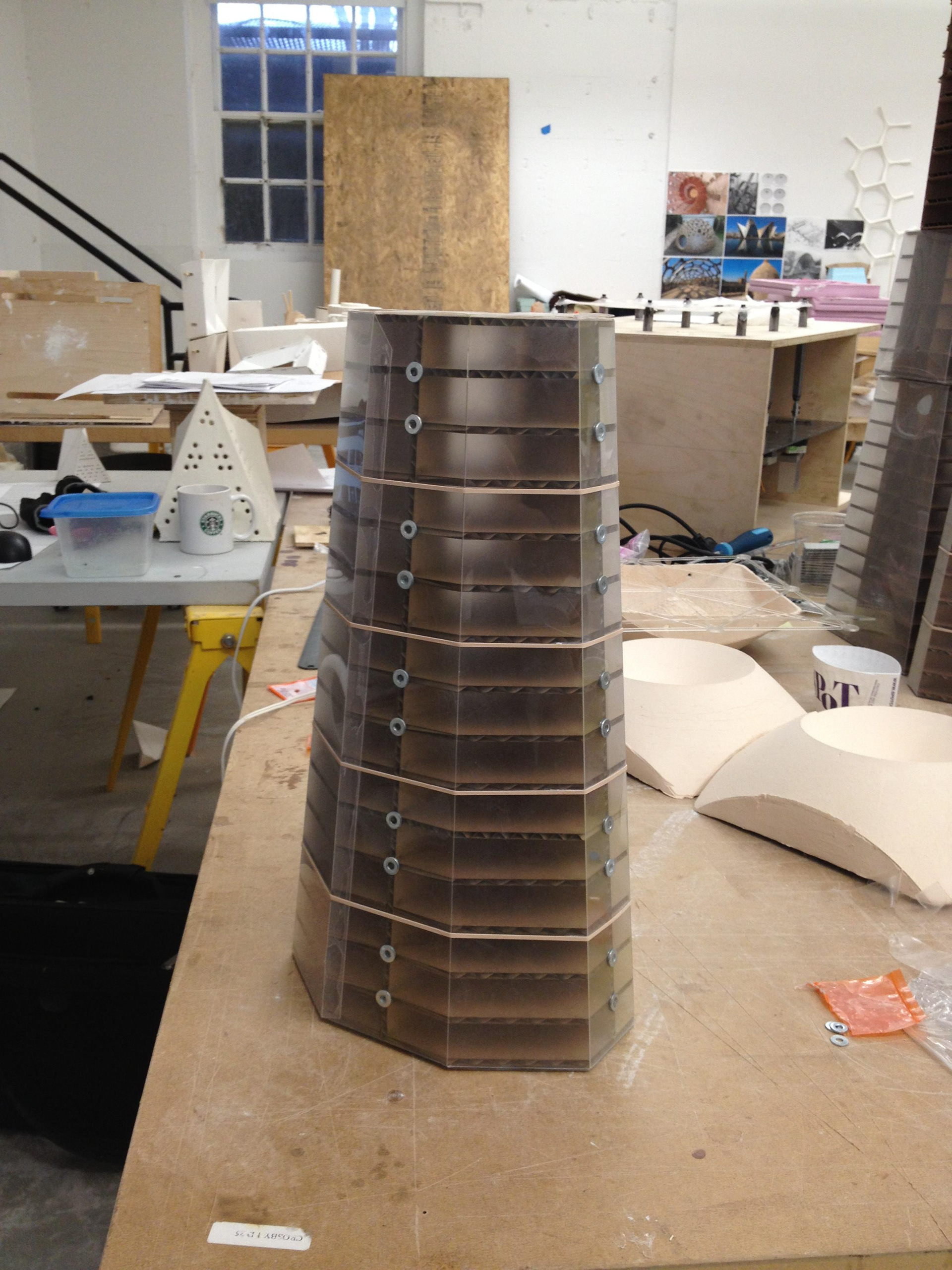
The Cone
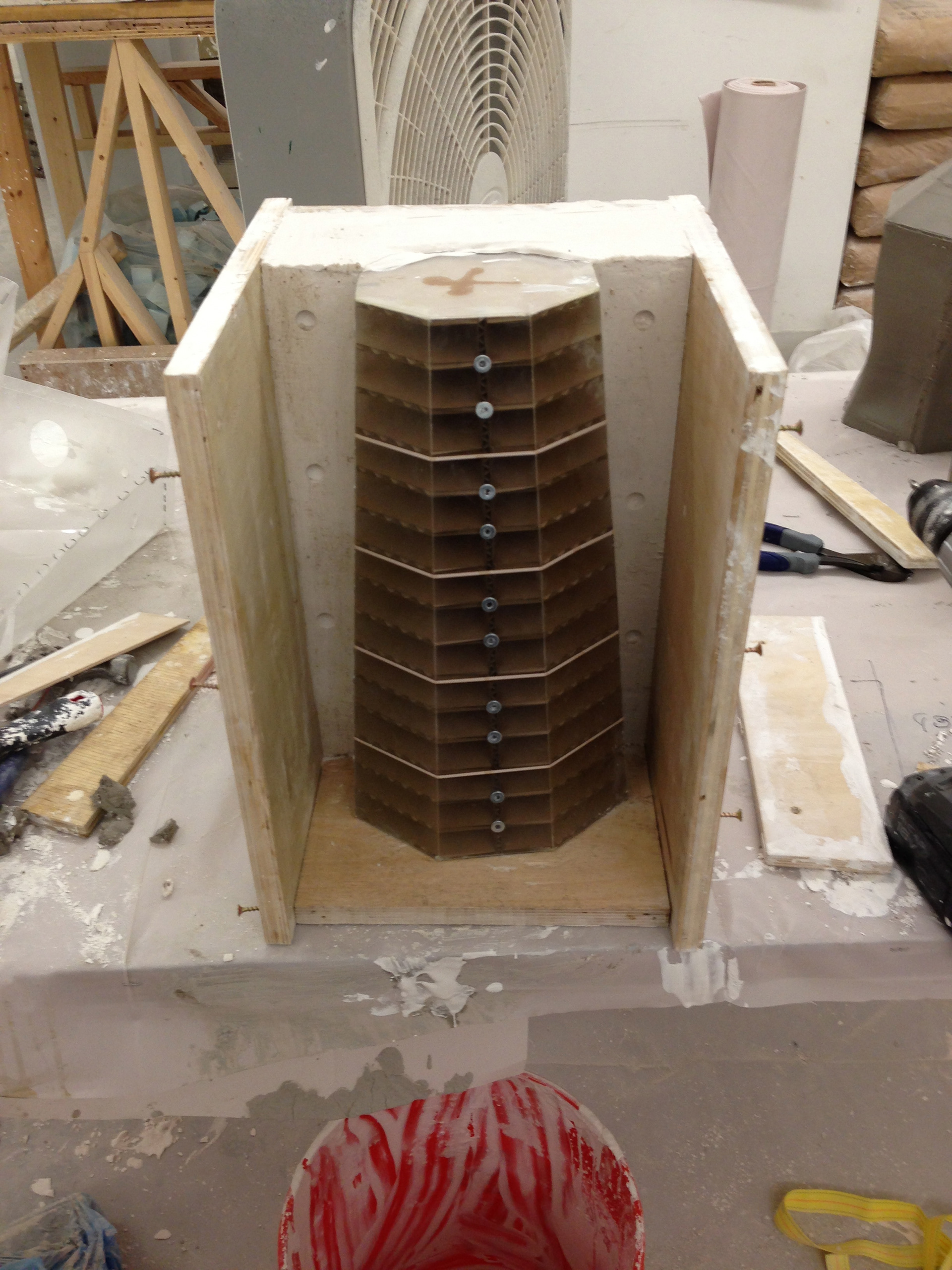
Removing the Negatives
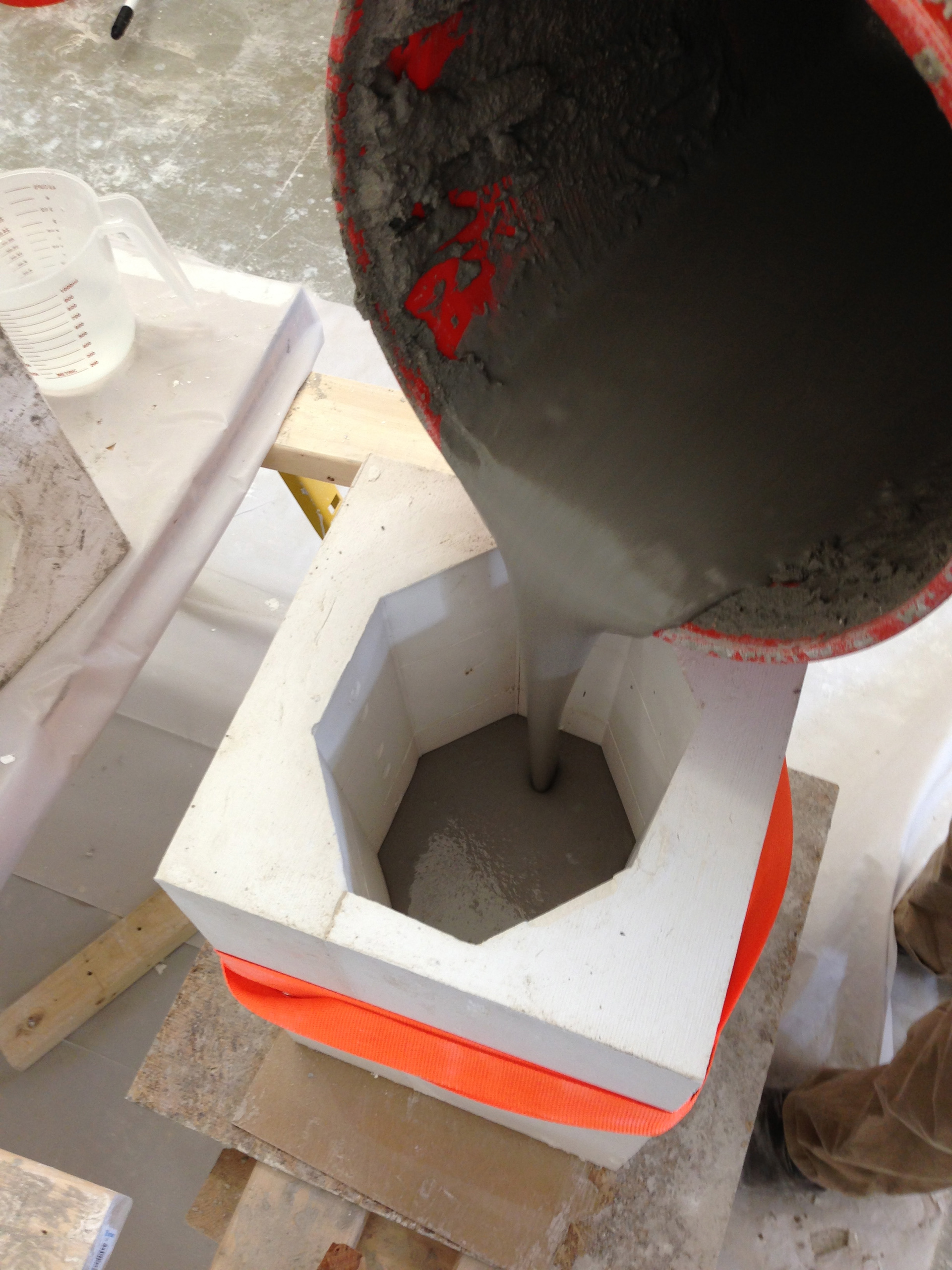
Slip Casting
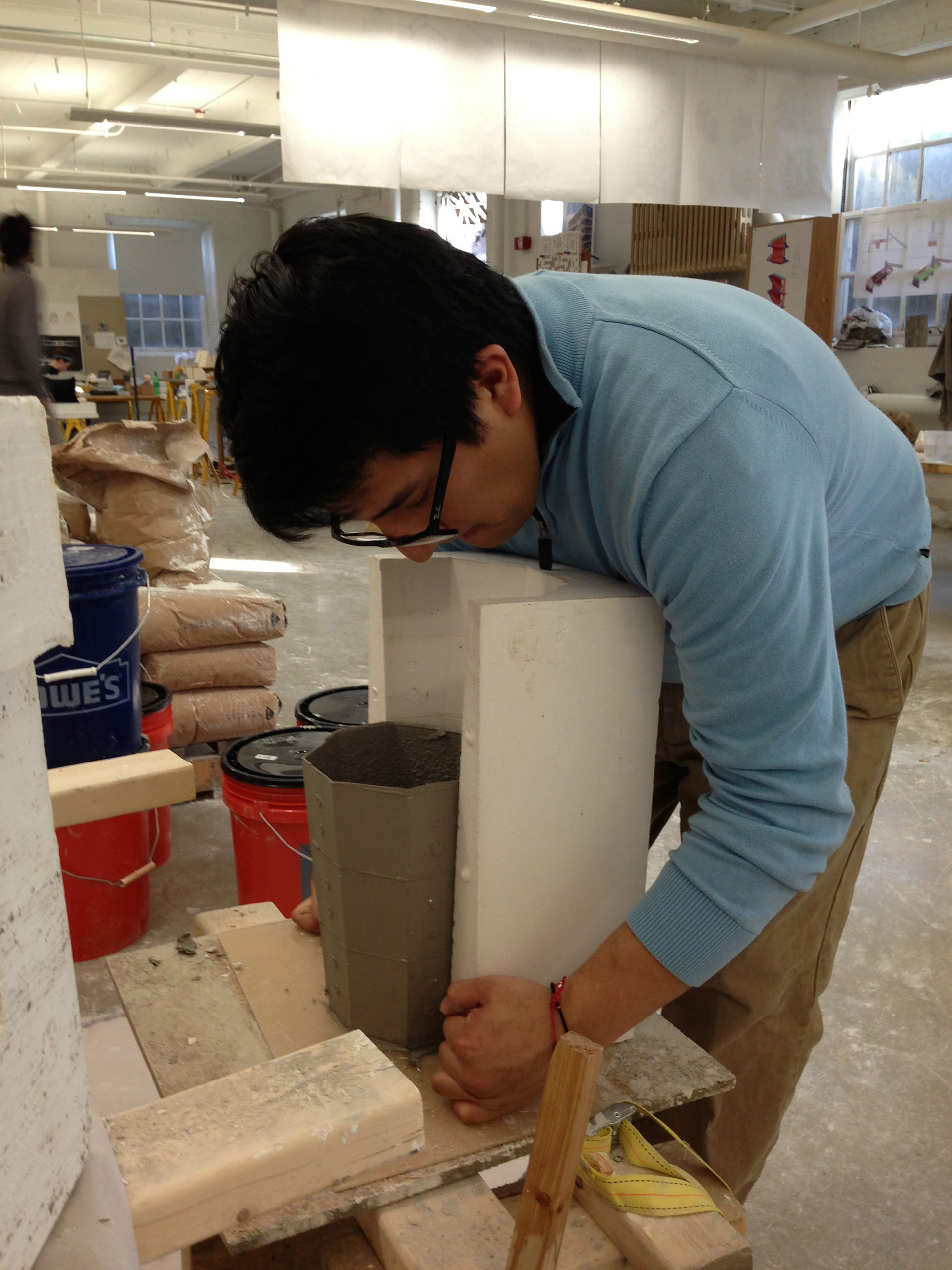
Removing the Molds
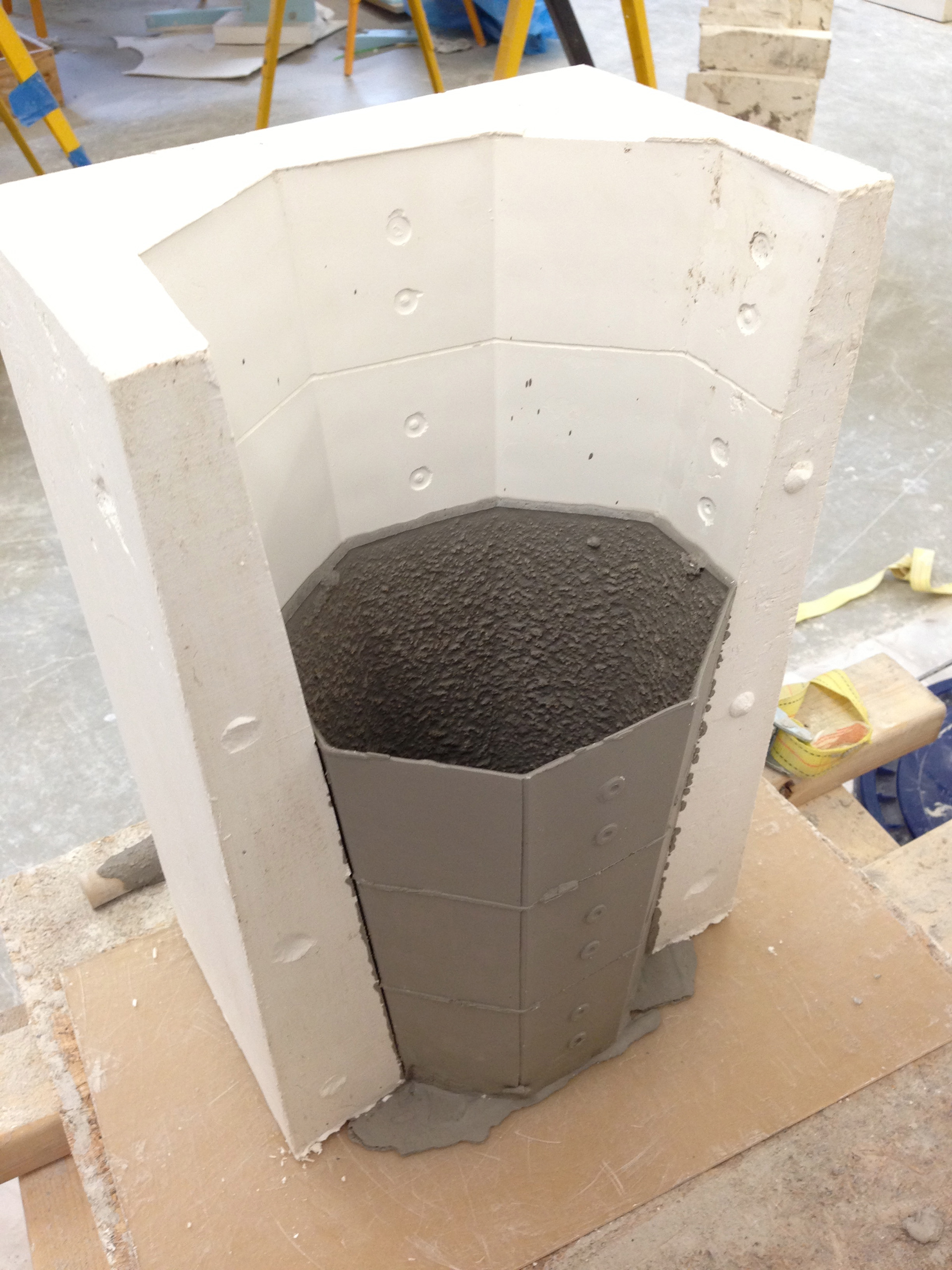
Molds

Baking Process
The Logic of the Structure
We developed 3 universal units, which make the variable surface of the dome. Though the scale, usage, and arrangements can be any combination, sometimes they depend on local and/or environmental circumstances.
The units are 6”, 9” and 12” long.
Possible scales:
Possible scales:
Adaptation 1: A Large Scale Dome - Fig-1.0
Adaptation 2: A Medium Scale Dome - Fig-2.0
Adaptation 3: A Small Scale Dome - Fig-3.0
Horizontal Layers: Plans - Fig-2.1 - 2.6
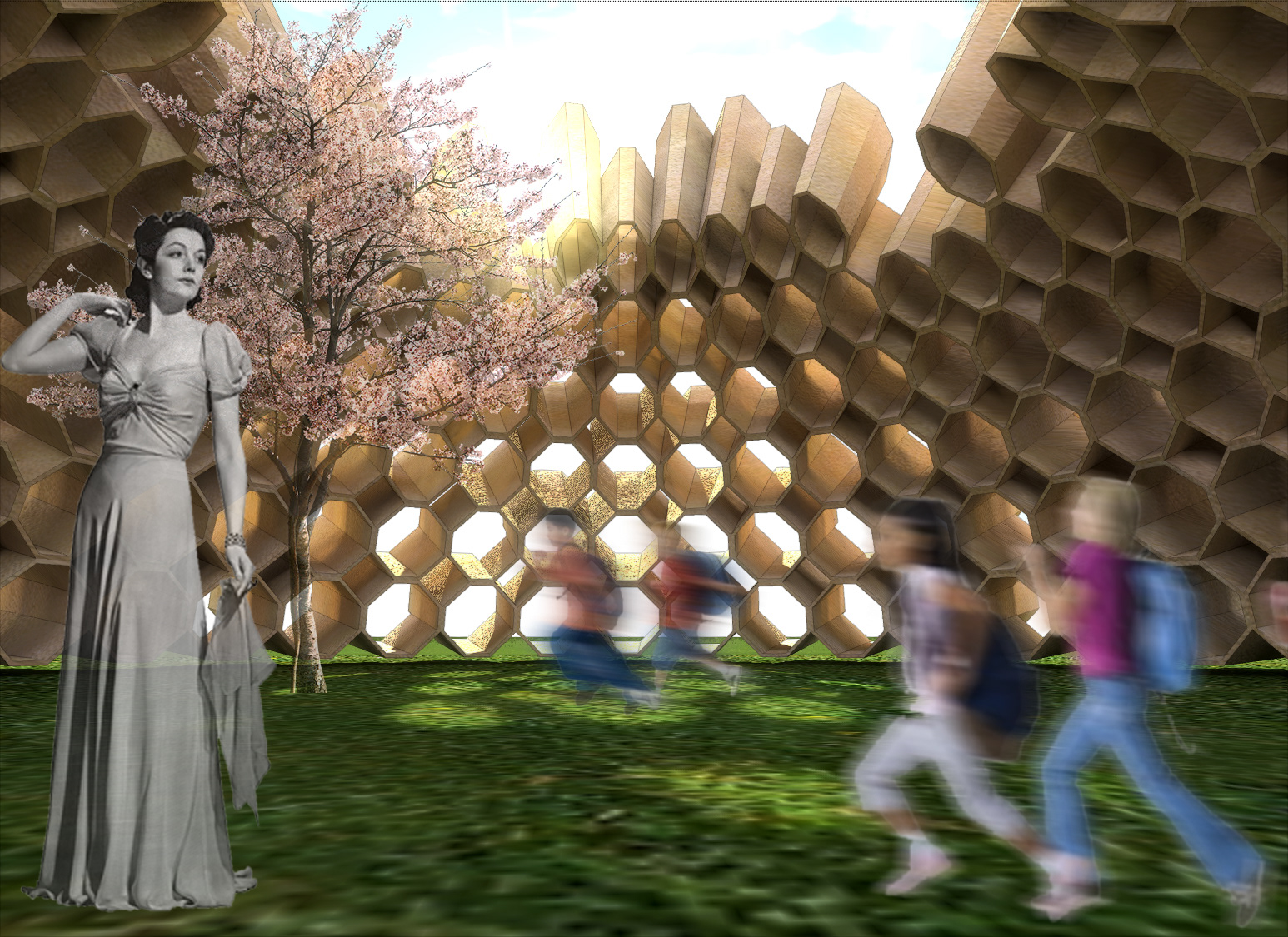
A Large Scale Dome - Fig-1.0

A Medium Scale Dome - Fig-2.0
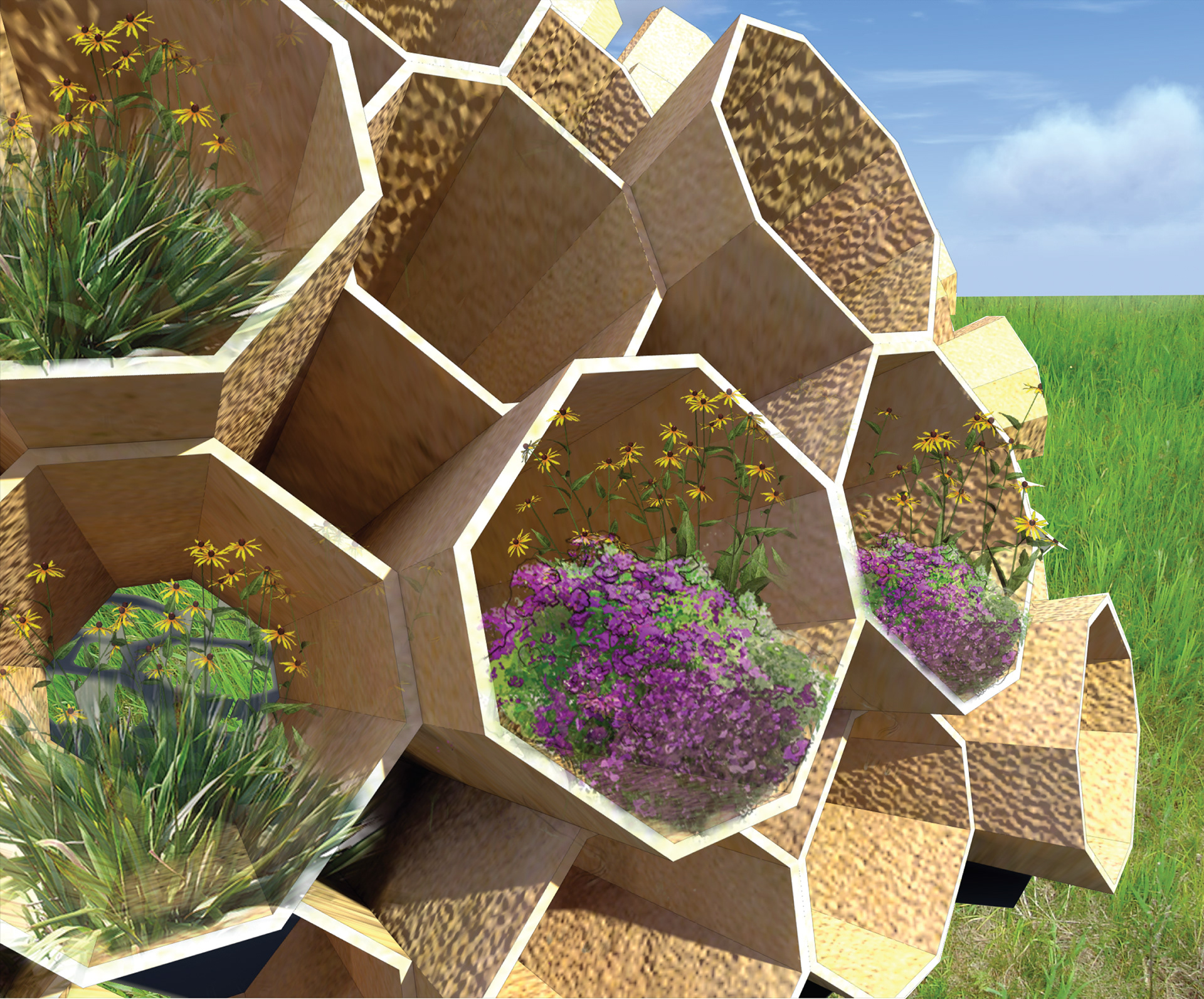
A Small Scale Dome - Fig-3.0

Fig-2.1
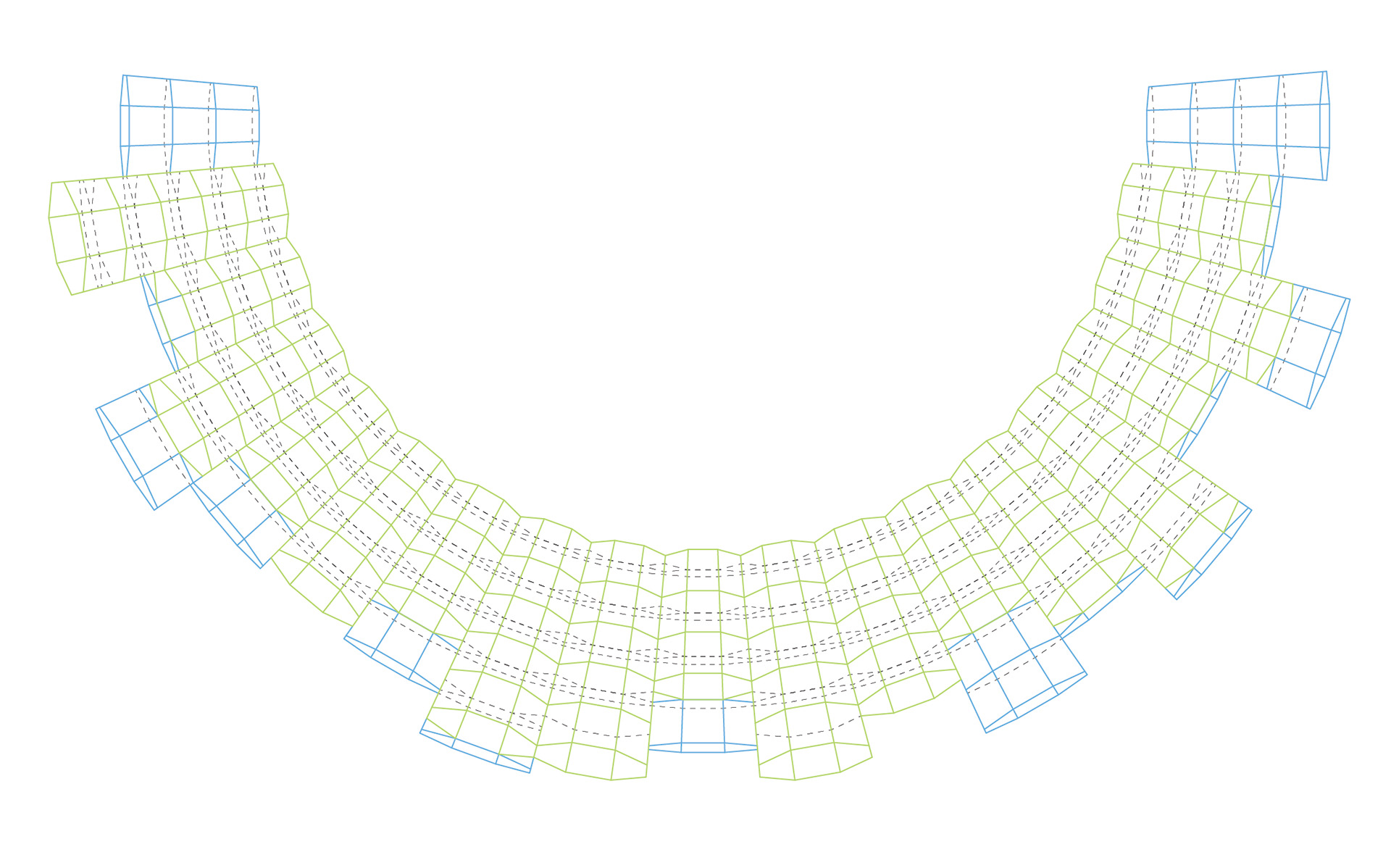
Fig-2.2
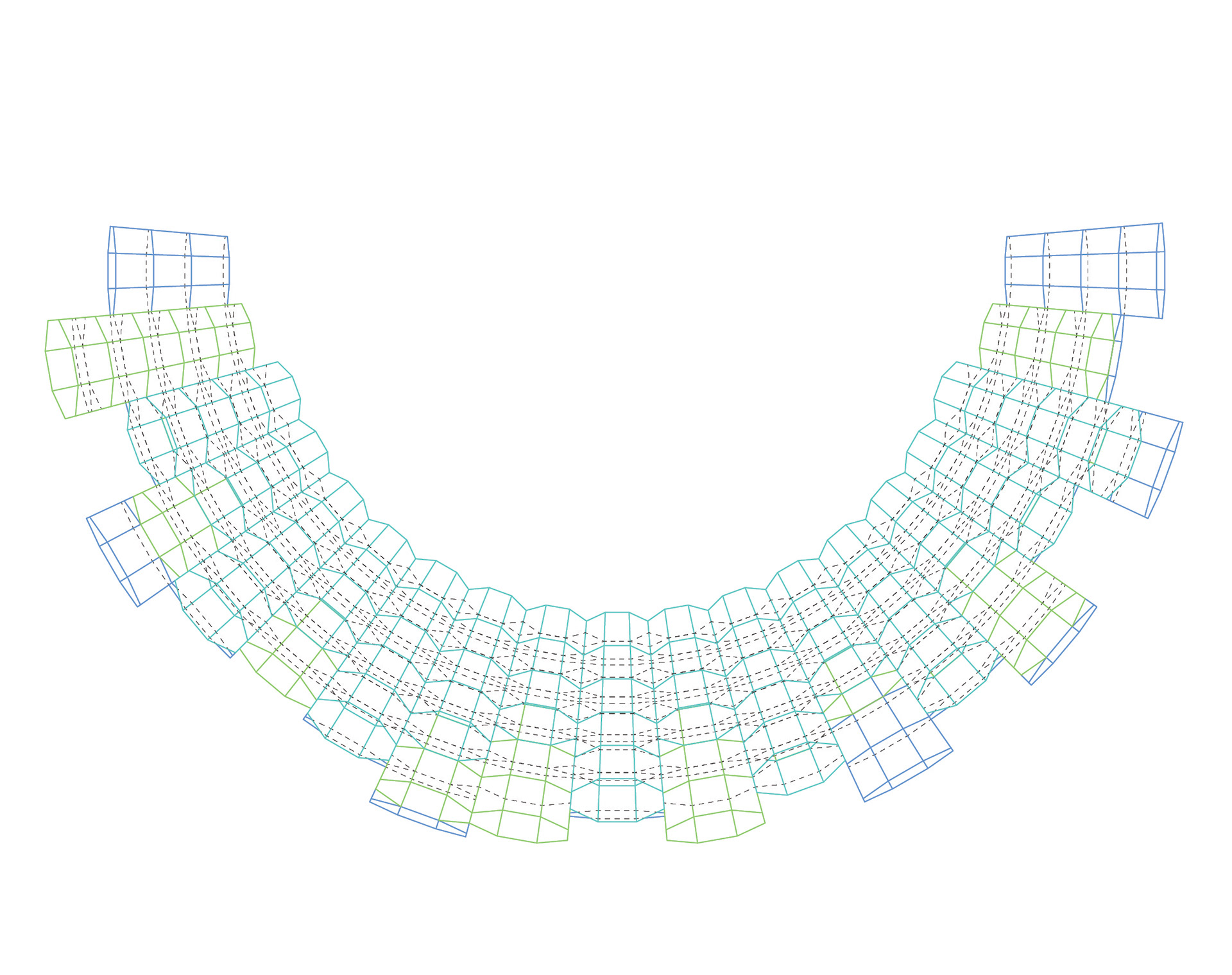
Fig-2.3
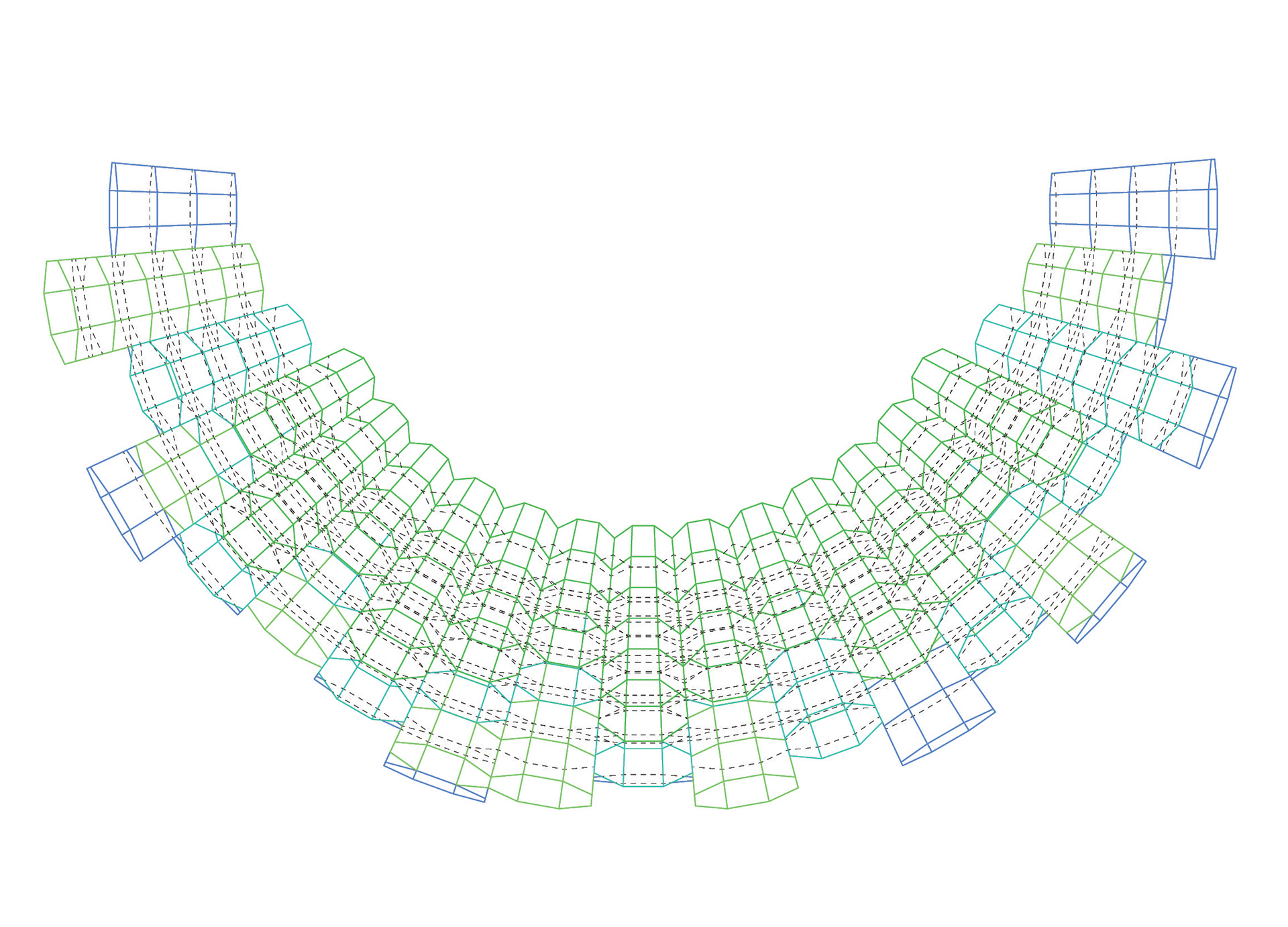
Fig-2.4
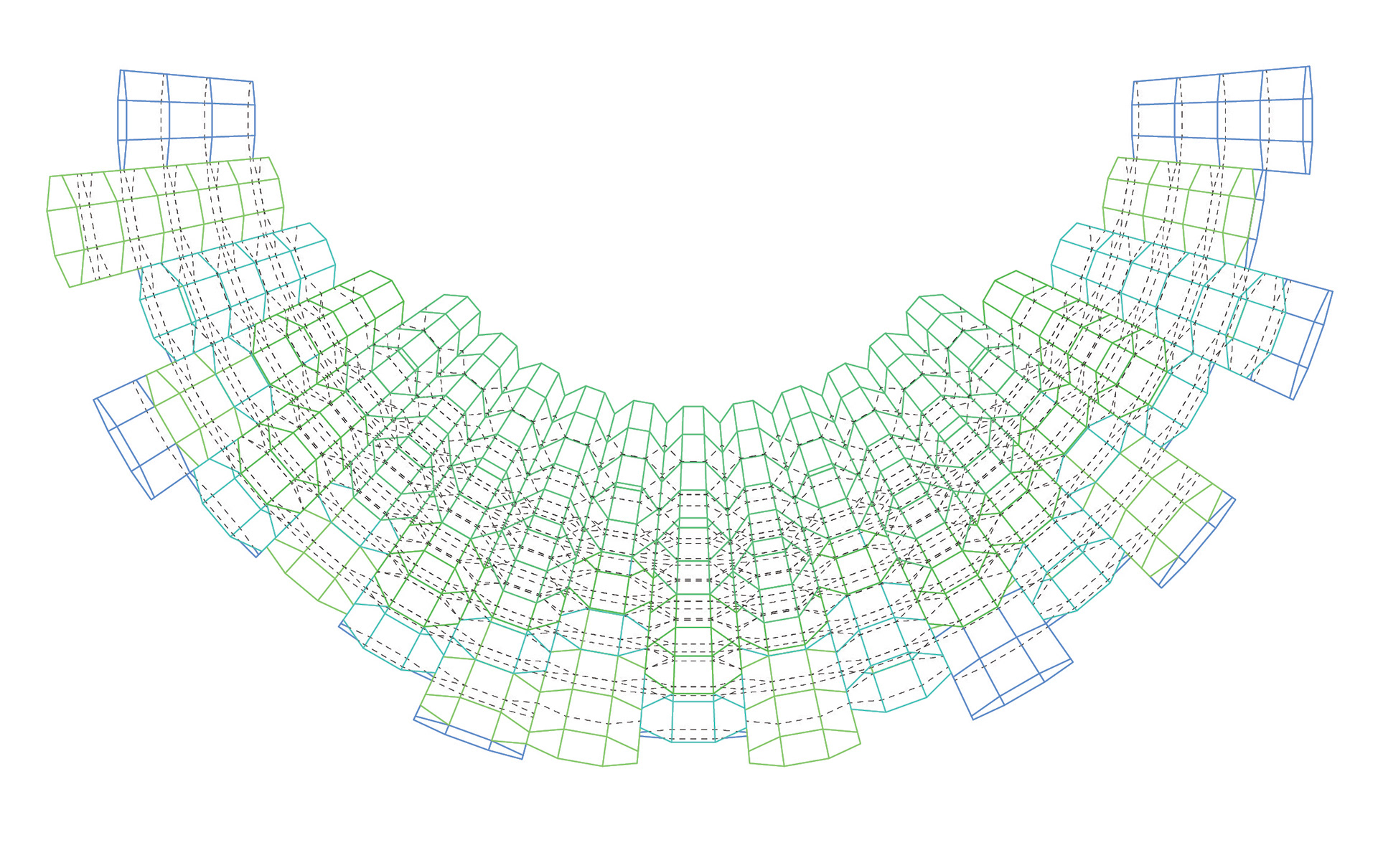
Fig-2.5
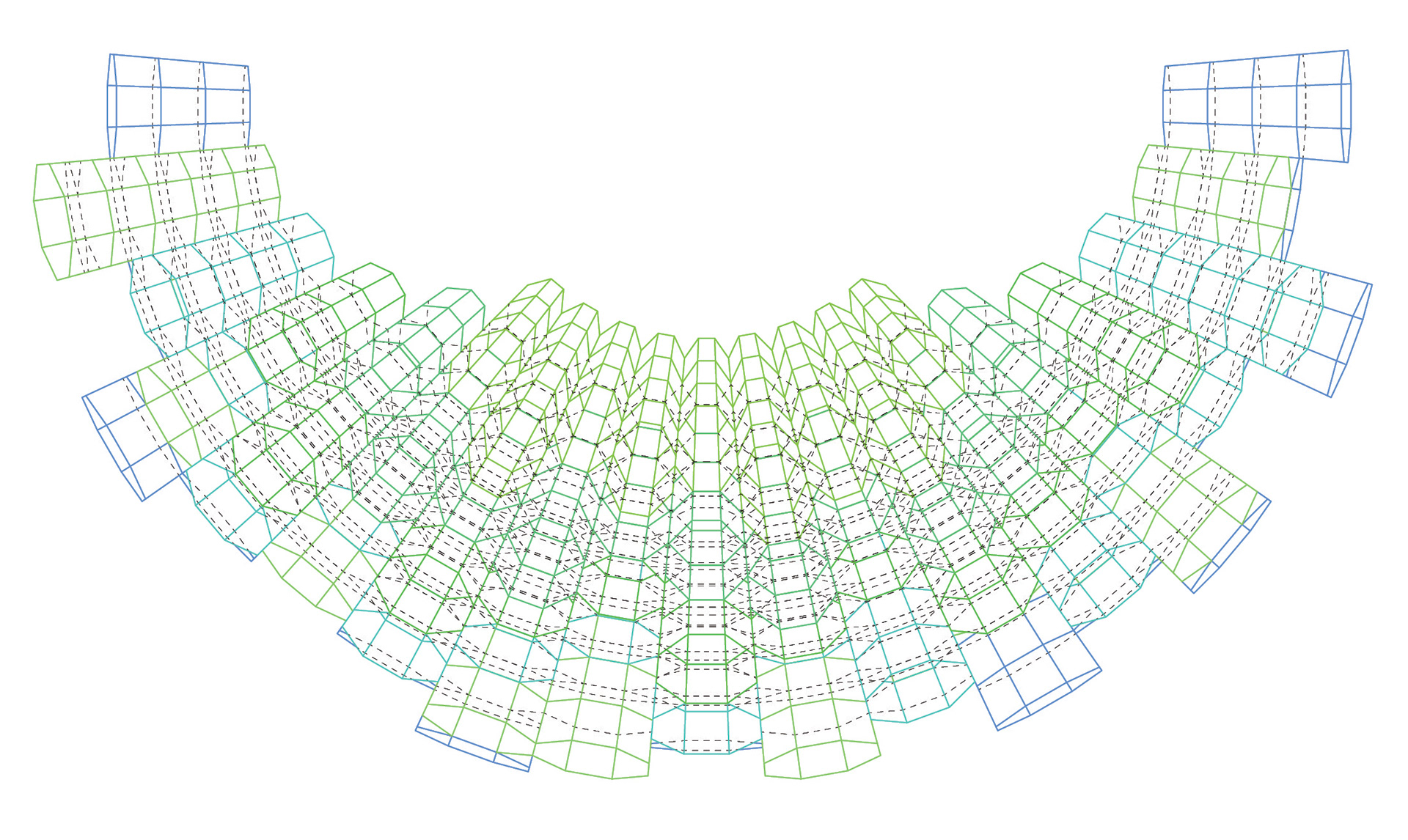
Fig-2.6

Inside View
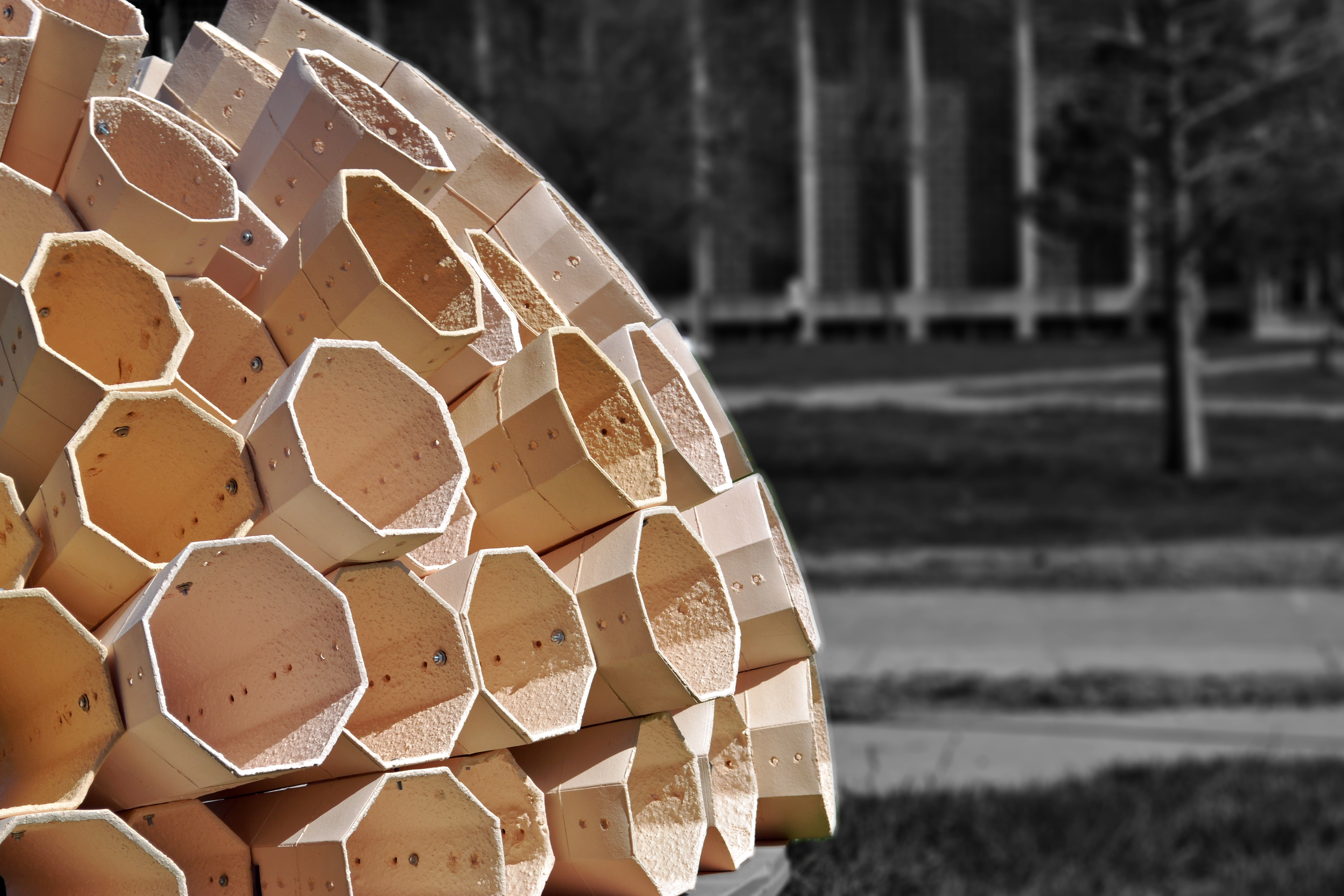
Detail

Detail
